The African continent is known for its food shortages and malnutrition. Figures indicate that about 200 million Africans are extremely malnourished and five million people die each year as a result of hunger.
Lately, climate change has been a major factor of the food shortage in Africa. According to 2014 African Agriculture Status, there has been a threat of failed seasons for many small-scale farmers in Africa due to climate change. The report further indicates that it is vital to adapt new technologies, such as “climate-smart agriculture,” that would help make crops more resistant to extreme climate conditions.
In this regard, it is necessary for the international community and national governments to not only intervene and do more to combat global climate change and its effects on Africa’s smallholder farmers, but also to assist farmers in adapting to the climate changes.
Failure to do so will jeopardize the UN Global development goals (Montpellier Panel report).
“Progress made in the last two decades to combat hunger and poverty in Africa will be irrelevant if action is not taken on climate change.”
Somalia and the Risks of Climate Change on Food Production and Livelihoods
In the past two decades, Somali rural communities have faced unprecedented food and livelihood crises. Small-scaled subsistence farmers, who depend on rain-fed agricultural production systems for their livelihoods, have recently suffered from the worst drought in 60 years. The famine in 2011 has costed the lives of about a quarter of a million people (FSNAU/FEWS-NET). Due to prolonged droughts and extreme climate conditions, crop and livestock are increasingly being lost.
The ever increasing and speeding climate variability and instability has contributed, and is still contributing to, changing rain patterns, long drought periods and flooding. The later is mainly caused by El Niño, a climate phenomenon that causes temperature to increase on the sea-surface in the Pacific Ocean every few years. (faoswalim.org). With increasing temperatures due to global climate change, the frequency in which El Niño occurrence is expected to increase and so the devastating effects of the floods.
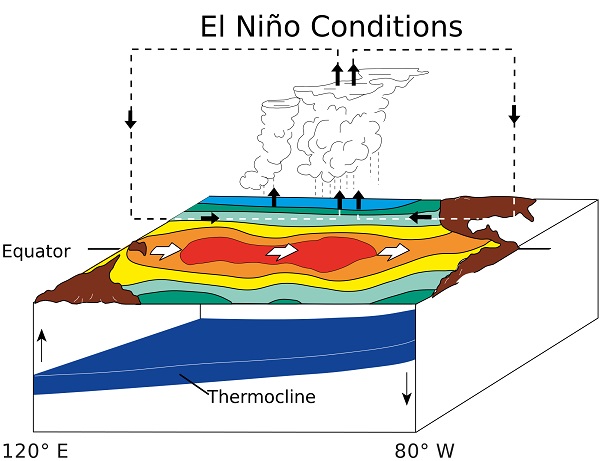
Additionally, the negative human influences on the environment, such as cutting trees for charcoal production, leads to soil erosion and degradation, loss of agro-biodiversity, deforestation and desertification and therefore a decline in both agriculture and livestock outputs.
National as well as international intervention programs implemented during the past two decades in Somalia have mainly been short term based and aimed at humanitarian lifesaving efforts. However, in order to effectively and sustainably address the Somali food and natural resource crises, it is important to tackle the effects of climate change as one of the main root causes of food and livelihood crises. Furthermore, it is necessary to design and implement long-term developmental and policy strategies that promote the adaptation of the climate change and its effects.
SATG Intervention to Climate Change
Somali Agriculture Technical Group (SATG) is way ahead of the game in the adaptation of “climate-smart agriculture”. In 2012 SATG, in partnership with CIMMYT, conducted trials to test drought tolerant maize hybrid that would tolerate to extreme climate conditions. The results were phenomenal, with a yield increase of about 40%.
SATG has also conducted climate smart mungbean and cowpea varieties. Both varieties (Filsan and Ken Kunde) are resilient to drought and mature ten days earlier than the local varieties. Similarly, a drought smart drip irrigation kit enabling multiple harvest of vegetable crops with limited use of water resources.
However, further intervention to increase agricultural productivity and adaptation to climate change is essential. The key challenge is to access the necessary support to pursue targeted programs and research on the adaptation of climate smart technologies.

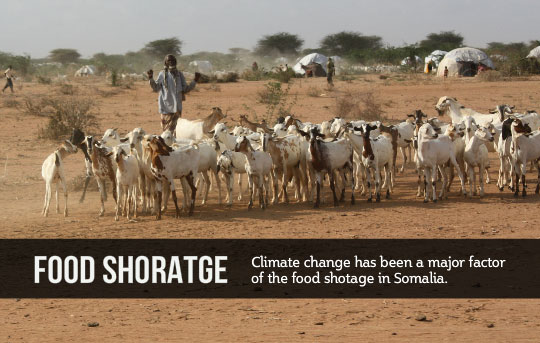
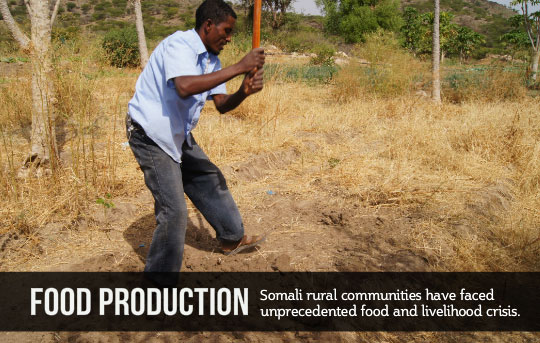
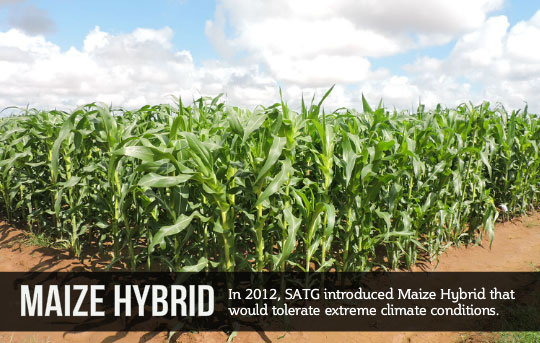
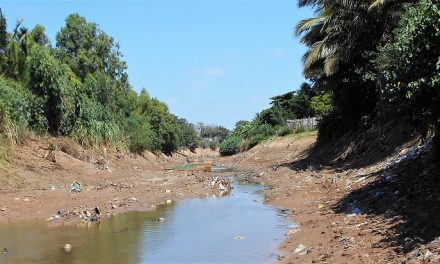
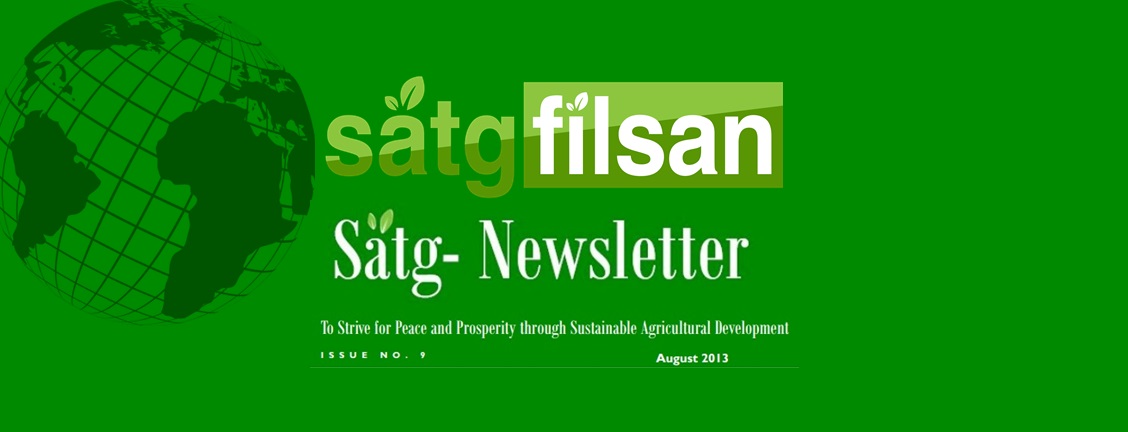
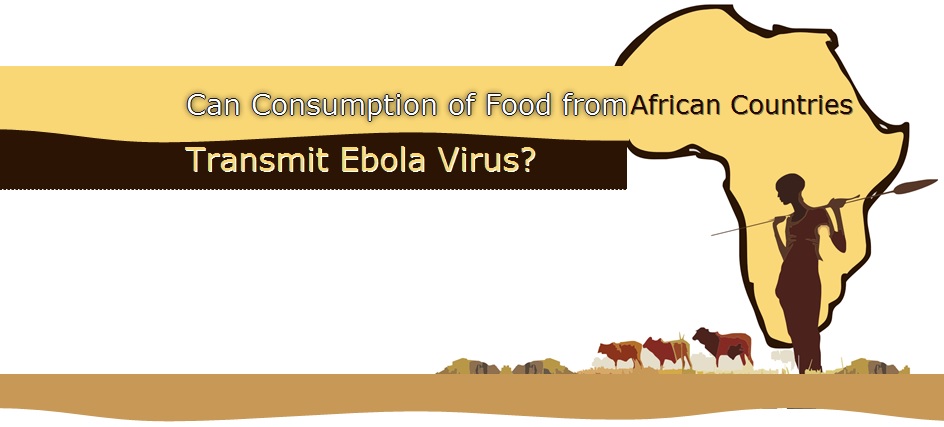

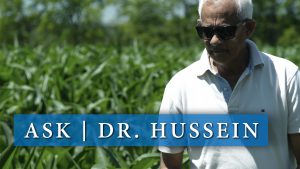
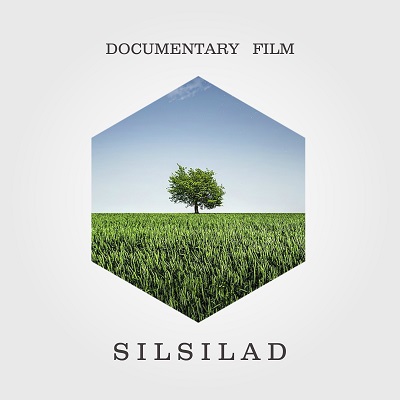

Recent Comments